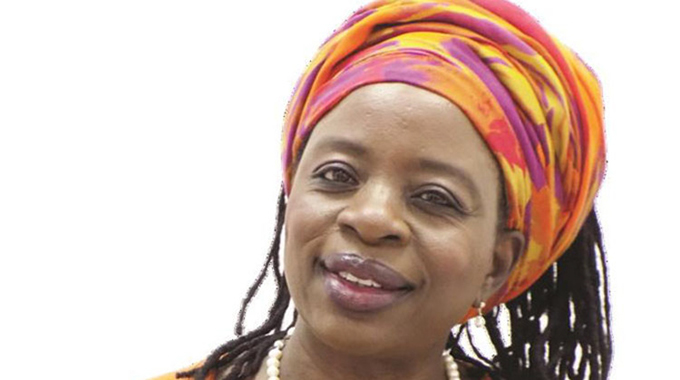Industrial policy a success: Minister
THE Zimbabwe National Industrial Development Policy (ZNIDP) has achieved significant milestones in promoting the growth and development of the manufacturing industry evidenced by improved availability of domestic products on the market, a Cabinet Minister has said.
ZNIDP, which expires at the end of this year, is a five-year industrial development policy launched in 2019 and was approved at the same time as the Local Content Policy with a focus on growing Zimbabwe’s manufacturing sector following years of meltdown.
Official data from the Government and industry sources indicates that locally-produced products now constitute 70 percent of shelf space in the retail sector while the Confederation of Zimbabwe Industries (CZI) predicts that capacity utilisation in the manufacturing sector will reach 70 percent this year.
Last year, capacity utilisation in the manufacturing sector was at 56,1 percent.
Speaking during a business talk show, The Mint, hosted by the Zimbabwe Television Network (ZTN) last week, Industry and Commerce Minister Dr Sekai Nzenza said: “We have the Zimbabwe Industrial Development policy, which is coming to an end at the end of 2023 and in implementing this
policy, our focus was to promote local production and also to create business enabling environment that allows business to thrive, produce more and profitably, but at the same time acknowledging some of the challenges that exist.
“The key enablers for example, energy, cost of production, and access to foreign currency…we worked closely with the Ministry of Energy and Power Development, and also when the Reserve Bank of Zimbabwe auction system started, it enabled the companies to access raw materials and
bring them into the country.”
The central bank introduced the weekly foreign currency auction trading system towards the end of June 2020 with a view of improving forex accessibility by the productive sector for raw material, plant and equipment procurement.
Since its inception, statistics from RBZ indicate that over US$4 billion has been alloted to the productive sector.
The Government has expressed its commitment to strengthening value chains through the import management programme to enable local companies to build production capacity and become more competitive in readiness to participate in the continental and global value chains.
“So, basically it’s step by step but the result which we see is that there is an increase in production and ZITF (Zimbabwe International Trade Fair) is really the platform that showed us that we are producing,” she said.
The recently held 63rd edition of ZITF held in Bulawayo, which ran under the theme, “Transformative Innovation, Global Competitiveness,” attracted an array of local exhibitors with a range of products and services including agricultural implements and equipment, automotive products, building
and construction, and energy products and equipment, among others.
Local firms, also through the trade fair, had a huge opportunity to expand their global reach as 21 foreign nations participated at Zimbabwe’s premier trade showcase. Among the participants was the European Union delegation, which participated for the first time since the country embarked on the successful land reform programme in 2000.
Over the years, single States from the 27-member bloc such as Sweden, the United Kingdom (UK), and Germany have participated at the previous editions of the ZITF.
This year’s edition of the trade fair saw the EU delegation that constituted countries such as Sweden, Germany, France, Italy, and the Netherlands participating while other countries outside the EU such as the United States of America, Belarus, China, UK, Japan, Malawi, South Africa, Rwanda, Kenya, Egypt and Zambia also exhibited.
On the back of the operationalisation of the African Continental Free Trade Area (AfCFTA), which is probably the world’s biggest single market with a population of about 1,3 billion and seeks to fortify economic integration in Africa, Dr Nzenza said local companies ought to continue embracing
value addition to produce high valued products that become competitive in any market across the world.
“As a country we are now challenged to produce that product that meets the standards and quality within the region but also internationally,” she said.-herald.cl.zw









